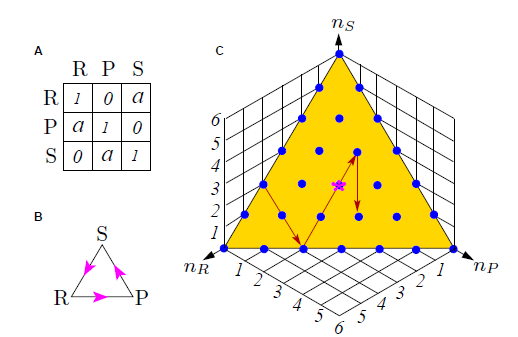Best of 2014: How to Win at Rock-Paper-Scissors
If you’ve ever played Rock-Paper-Scissors, you’ll have wondered about the strategy that is most likely to beat your opponent. And you’re not alone. Game theorists have long puzzled over this and other similar games in the hope of finding the ultimate approach.

It turns out that the best strategy is to choose your weapon at random. Over the long run, that makes it equally likely that you will win, tie, or lose. This is known as the mixed strategy Nash equilibrium in which every player chooses the three actions with equal probability in each round.
And that’s how the game is usually played. Various small-scale experiments that record the way real people play Rock-Paper-Scissors show that this is indeed the strategy that eventually evolves.
Or so game theorists had thought.
Keep Reading
Most Popular
Large language models can do jaw-dropping things. But nobody knows exactly why.
And that's a problem. Figuring it out is one of the biggest scientific puzzles of our time and a crucial step towards controlling more powerful future models.
The problem with plug-in hybrids? Their drivers.
Plug-in hybrids are often sold as a transition to EVs, but new data from Europe shows we’re still underestimating the emissions they produce.
How scientists traced a mysterious covid case back to six toilets
When wastewater surveillance turns into a hunt for a single infected individual, the ethics get tricky.
Google DeepMind’s new generative model makes Super Mario–like games from scratch
Genie learns how to control games by watching hours and hours of video. It could help train next-gen robots too.
Stay connected
Get the latest updates from
MIT Technology Review
Discover special offers, top stories, upcoming events, and more.